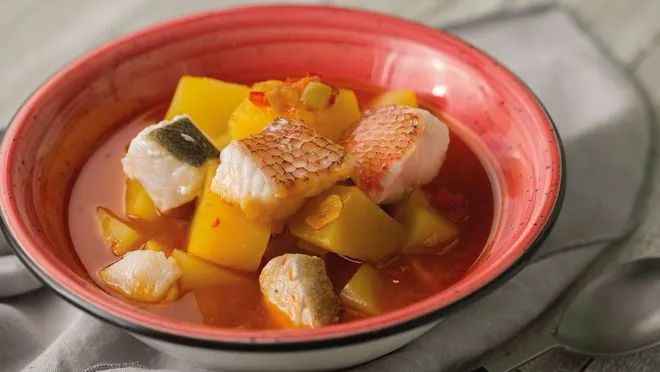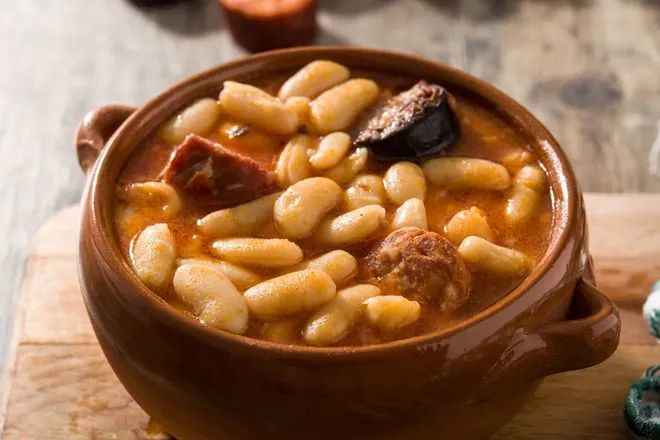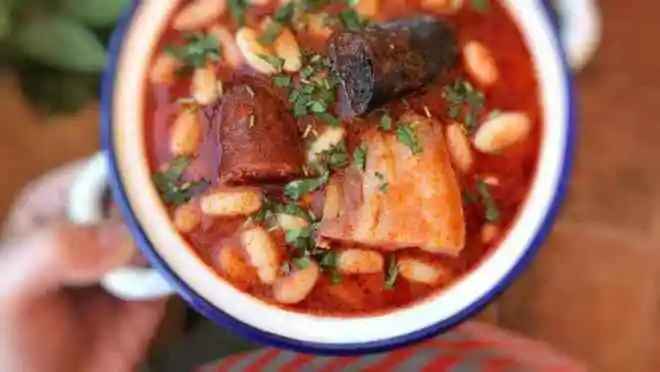Iconic Spanish Stews: A Culinary Journey Through Regional FlavorsSpain’s rich culinary tapestry is woven with hearty stews that reflect the country’s diverse landscapes and cultural heritage. From the coastal traditions of the Basque Country to the mountainous regions of Asturias and the communal kitchens across the mainland, these three iconic dishes showcase the art of slow-cooked comfort and regional pride.
May 27, 2025, 1:54 pm EDT
Iconic Spanish Stews: A Culinary Journey Through Regional Flavors
Marmitako: A Fisherman’s Delight from the Basque Coast

Source: Images from the Internet, if there is any infringement, please contact the removal of
Fabada Asturiana: The Hearty Bean Stew of Asturias

Source: Images from the Internet, if there is any infringement, please contact the removal of
Cocido: A Versatile National Favorite

Source: Images from the Internet, if there is any infringement, please contact the removal of









